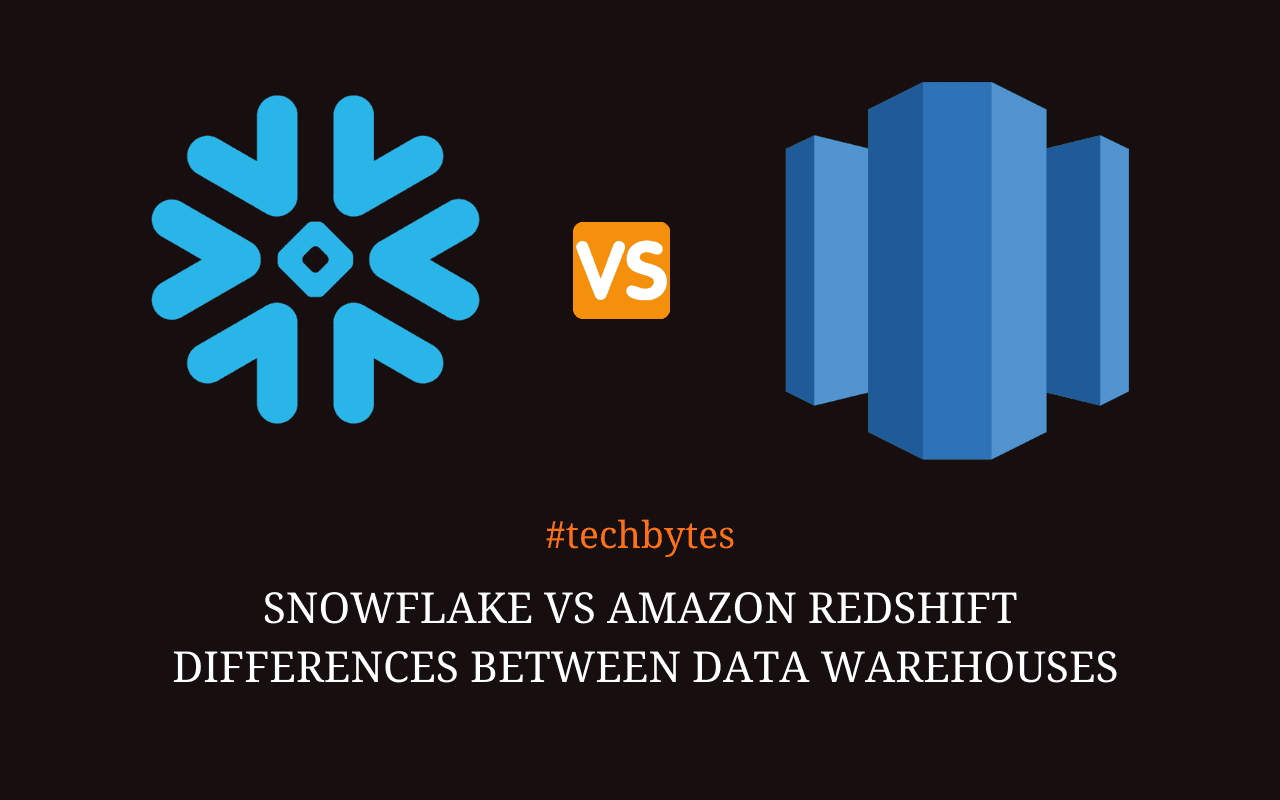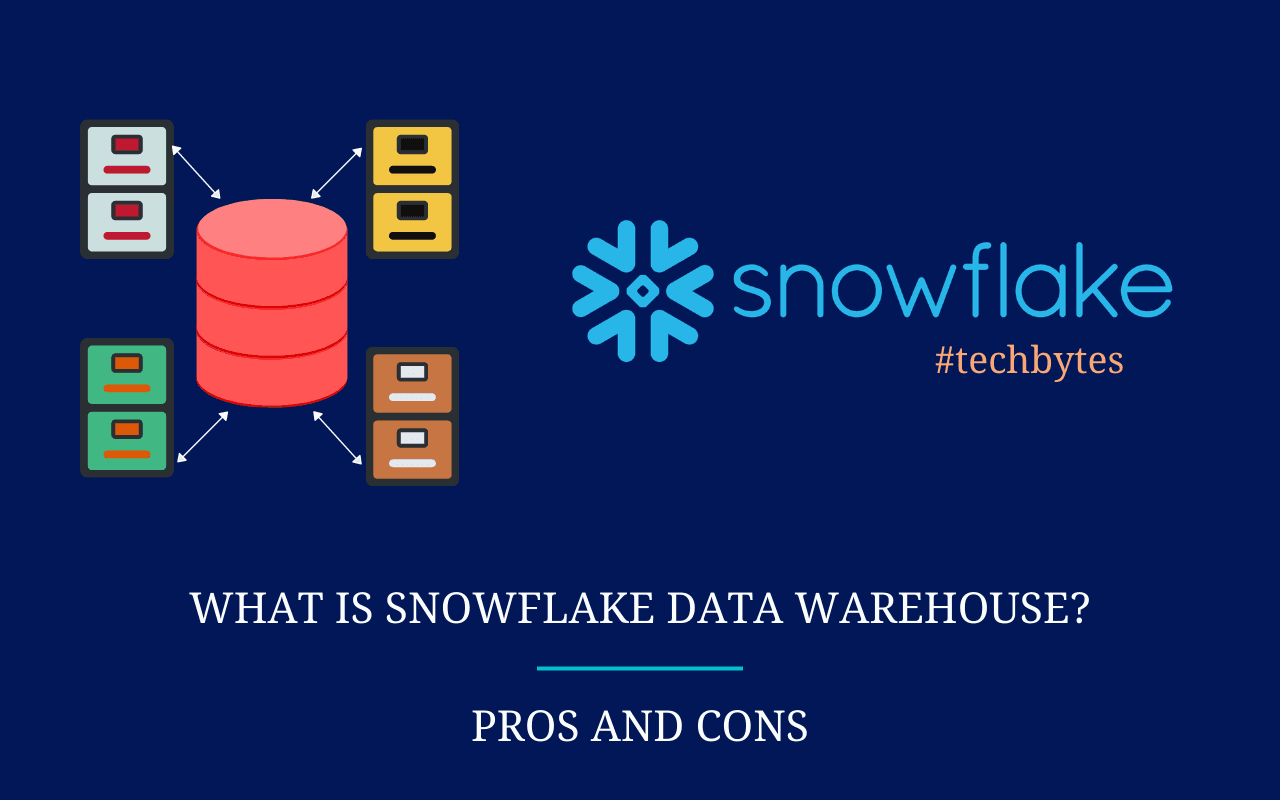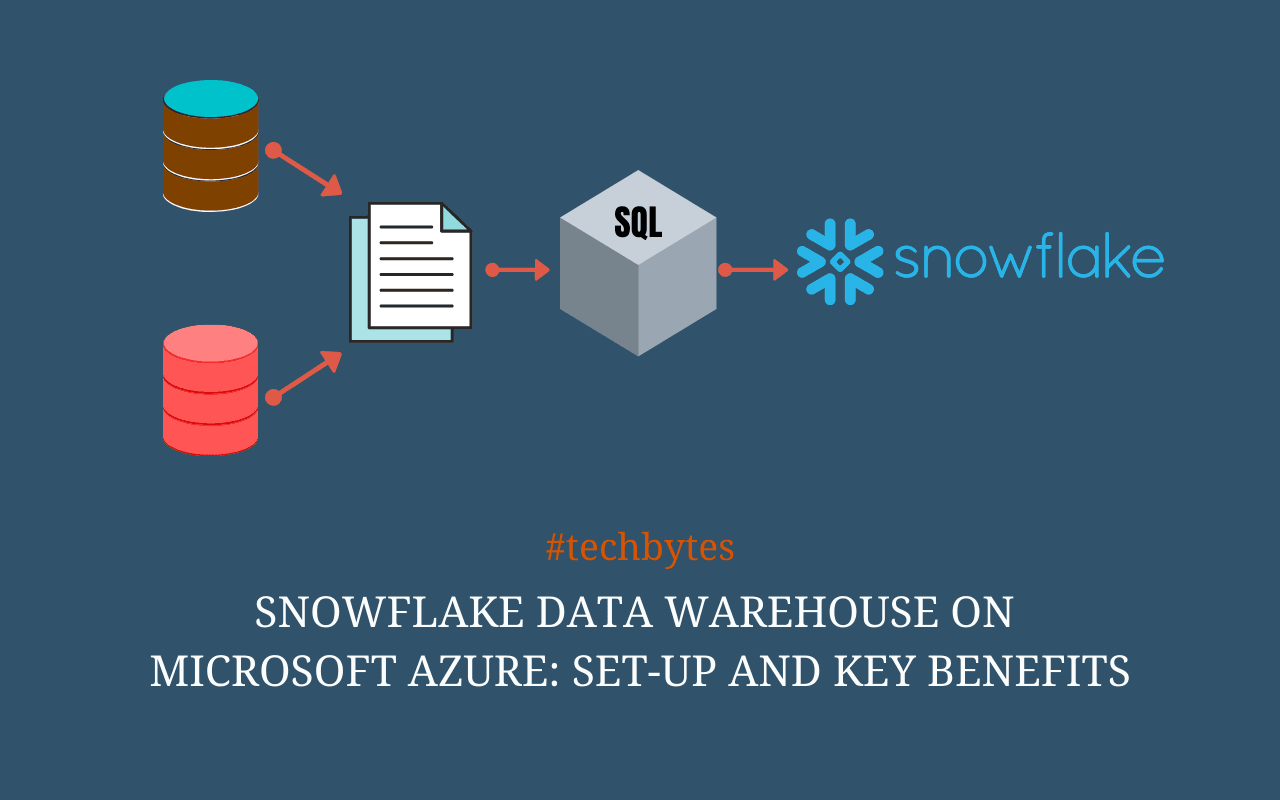
Snowflake vs. Amazon Redshift: Differences between Data Warehouses – Techbytes
Data warehouses are quickly being seen for their value to businesses when it comes to big data and the analytics that you need to do with them. The question that many companies have to face is which data warehouse they should choose out of all the great options. There are many options to use, but the three big names in the market include Snowflake, Google BigQuery, and Amazon Redshift. And the two most popular options out there are Redshift and Snowflake.
What is Redshift?
Let’s take a look at Amazon Redshift first. This is known as a fully-managed, cloud-ready data warehouse service that you can easily integrate together with other BI tools that you have. To make this warehouse work, you just need to Extract, Transform, and Load into the warehouse and it can help you with the rest of the work.
Since this warehouse comes from Amazon, it will make life easier. You can start with some of their basic plans of a few hundred gigabytes for the data, scaling up and down easily based on the current demands that your company has. This makes it easier for you to leverage any data that you acquire to help make your business easier.
To launch the warehouse, you just need to launch a set of nodes, which is known as the Redshift cluster. Once you have been able to provision the cluster, you will find your sets of data are easy to uploaded to run any query. With Redshift, you are able to take advantage of fast query performance, no matter how big or small your set of data, which helps you to get work done.
What is Snowflake?
Now that we know a little bit more about Redshift and how this works, it is time to look at its competition which is known as Snowflake. This is another powerful relational database management system. It works with the SaaS model and includes a room in the warehouse to work with semi-structured and structured data as necessary. What this means for you is that it won’t be built on a big software program or an existing database. Snowflake is able to the SQL database engine and has been specifically designed to work with the cloud.
Many people like to use Snowflake for a number of reasons. For example, it is easy to use, it is based on the cloud, and it is designed to be easy for beginners and all users to work with. Because it is based on the cloud, Snowflake is able to add some more flexibility to the system, which may be exactly what your business needs.
The Integration and Performance
If you have already done some work with AWS and your data in the past, you may assume that Redshift is a natural choice. However, Snowflake is available on the AWS marketplace if you use some of the on-demand functions so it is possible to work with this as well. However, if you do plan to use Snowflake, keep in mind that there will not be the same integrations as you get with Redshift. You may miss out on some of the other tools like Glue and Athena.
Snowflake does make up for this with other integration options that your company may appreciate working with instead. For example, Snowflake is a better option to work with if you want to use other tools like Tableau, Qlik, IBM Cognos, and Apache Spark. Basically, it has to do with which tools you like and are the most important for your goals working online.
Database Features
Next, we need to move on to some of the database features. Snowflake is designed to make it easier to share data, even if you have more than one account. If you want to be able to share some or all of the data with your customers, you can easily do this with Snowflake without needing to copy the data at all. This makes it more efficient when you want to work with third-party data, and while this method is growing in popularity, Redshift doesn’t offer this support. This means that you will not be able to enjoy support with any semi-structured data types like Variant, Object, and Array.
How Much It Takes to Maintain
If you decide to work with Redshift, the user will need to always look at the same cluster and then compete over how many resources are available. This is a problem that isn’t there when you use Snowflake at all. In Snowflake, it is possible to seamlessly start any warehouse that you want, even in different sizes, to look over the same data without needing to copy it. These warehouses can be allocated out to different users easily.
Redshift does take more time to run and work with. In fact, it does become expensive to work with and can lead to your system being down quite a bit of the time. This makes it hard to do some of the data warehouse needs that you have and can make it more complicated to keep up with a data analysis if you are not careful.
Security
Any time that you plan to work with your data and data science, it is important to find enough security so no one is able to get into your system and compromise what is in there. Both Snowflake and Redshift provide enhanced security for you to enjoy. However, since Redshift works with Amazon, you will find that security is a lot better. It comes with some additional features to protect your data including things like Sign-in credentials, SSL connections, and encryption.
The Costs
Both of these warehouses will offer different pricing models for you to consider. Being aware of this ahead of time and looking for the one that provides you with the best value is so important. You can choose between on-demand services or prepaying to get everything you need all at once. Both companies will provide discounts for companies who use them and are willing to pay for the services ahead of time.
Having the right data warehouse is so important to ensure you get the best results possible. Redshift and Snowflake provide warehouse solutions that are right for your data.


